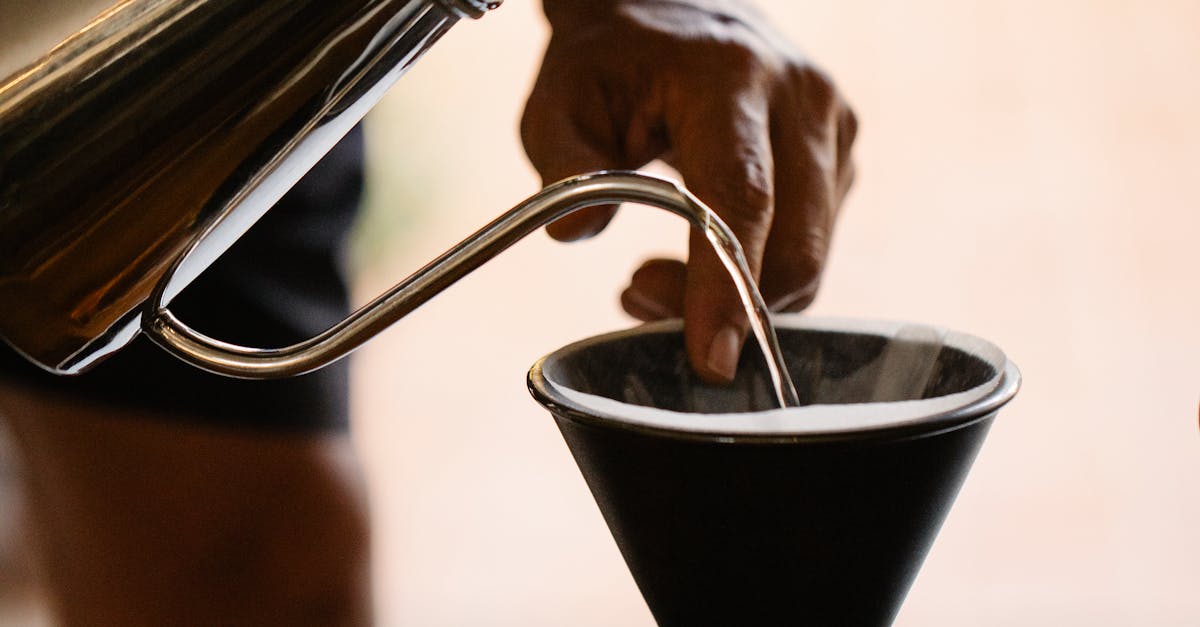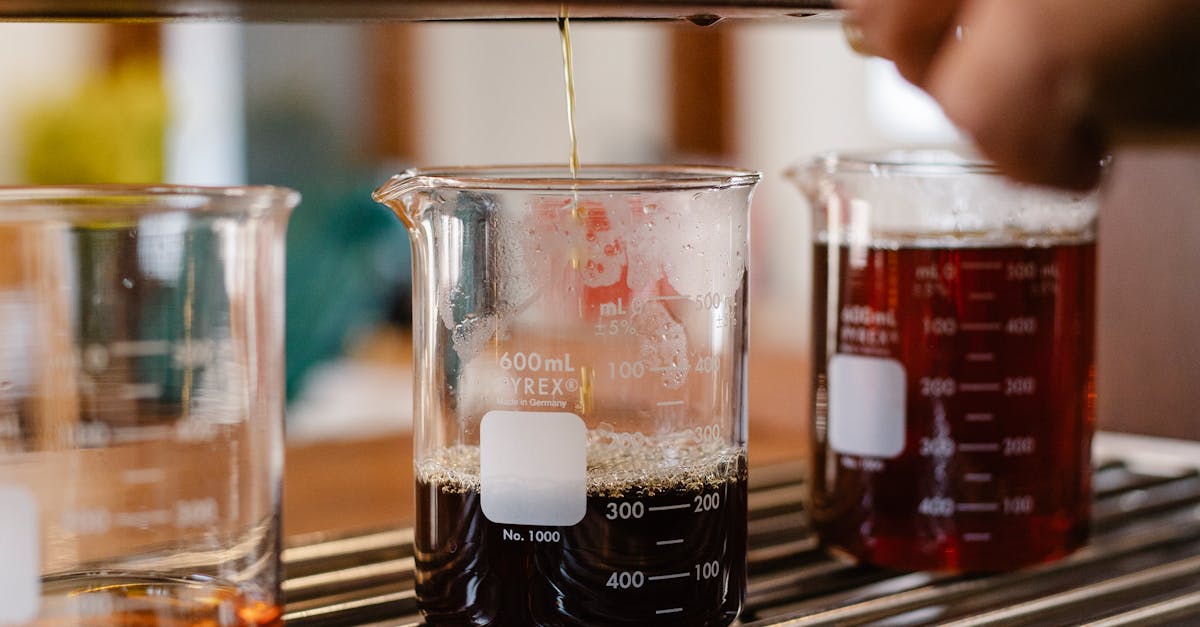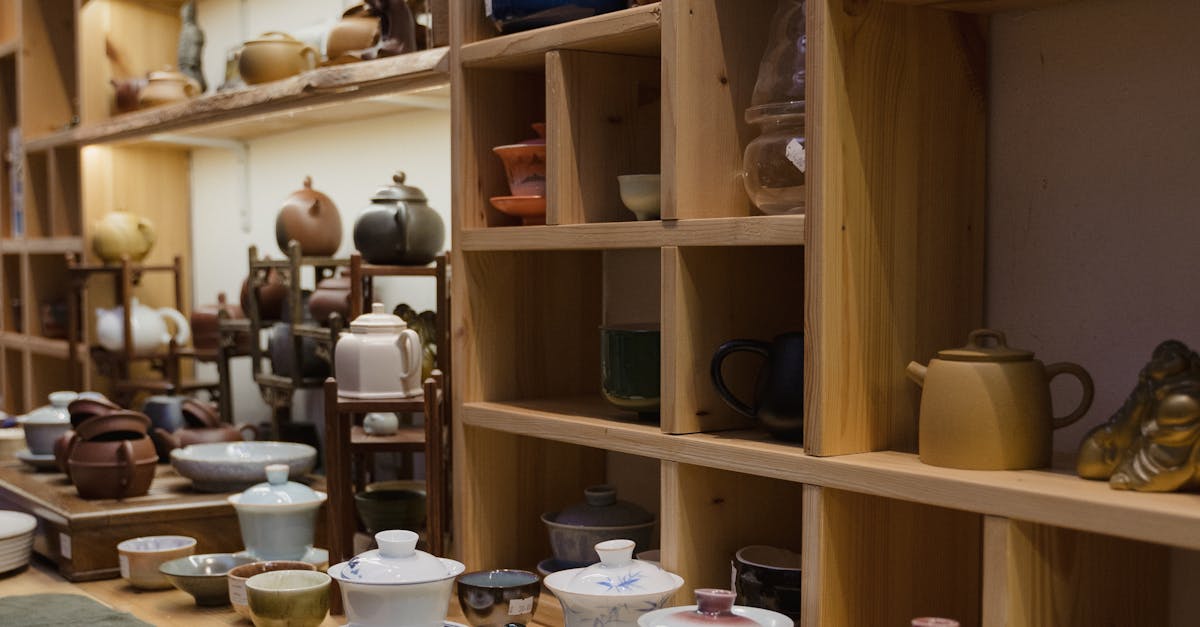
Table Of Contents
Safety Features of Hot Water Systems
Safety features in hot water systems are crucial for preventing accidents and ensuring reliable operation. One of the key components is the pressure relief valve, which releases excess pressure that can build up within the tank. If this pressure is not adequately managed, it can lead to catastrophic failures or even explosions. Other safety features may include temperature regulators that help maintain safe water temperatures and prevent scalding. Regular inspections and maintenance are essential to ensure these safety mechanisms are functioning properly.
Hot water system parts and accessories contribute significantly to the overall safety of these systems. These components, such as insulation blankets and sediment traps, help in maintaining safe operating conditions and improving efficiency. Regular monitoring and replacement of worn parts can further enhance safety. By prioritizing these features and accessories, homeowners can significantly reduce the risk of accidents and ensure the long-term performance of their hot water systems.
Pressure Relief Valves
Pressure relief valves are essential components of any hot water system. They are designed to prevent excessive pressure buildup within the tank, which can occur due to overheating or malfunctions. When the pressure exceeds a pre-set limit, the valve opens to release excess steam or hot water, ensuring the tank operates safely and reducing the risk of catastrophic failure.
Regular inspection and maintenance of pressure relief valves are crucial to ensure they function properly. A valve that is stuck or malfunctioning can lead to dangerous conditions, including leaks or potential explosions. As part of a comprehensive approach to maintaining your hot water system, these valves should be included in the list of essential Hot Water System Parts and Accessories, receiving routine checks to enhance overall system safety.
Energy Sources for Heating Water
Hot water systems can utilize various energy sources to efficiently heat water. Electric systems are common in many households, as they can provide immediate access to hot water and typically feature simpler installation processes. On the other hand, gas systems may require more extensive setup but often result in lower long-term energy costs. Each method has its pros and cons, making it essential for homeowners to evaluate their specific needs before deciding.
In addition to the primary heating source, hot water systems also incorporate various hot water system parts and accessories that enhance efficiency and performance. Components such as thermostats, heating elements, and insulation materials play a crucial role in maintaining temperature and minimizing energy loss. Understanding these parts and their functions can assist users in optimizing their hot water systems for better output and reliability.
Electric vs. Gas Systems
Electric hot water systems are known for their ease of installation and maintenance. They convert electricity into heat, providing a steady supply of hot water for various household needs. These systems often have fewer moving parts, which can minimize the likelihood of mechanical failures. Additionally, they do not require venting or gas lines, making them a suitable choice for homes with limited space or accessibility. Hot Water System Parts and Accessories associated with electric systems include heating elements, thermostats, and electrical connections, all essential for efficient operation.
Gas hot water systems are typically praised for their faster recovery rates and lower operational costs compared to their electric counterparts. They use natural gas or propane to heat water, which allows for a more rapid supply of hot water. However, installation requires proper ventilation and adherence to safety regulations to prevent gas leaks. This type of system generally has more complex components, such as burners and gas control valves. Hot Water System Parts and Accessories for gas systems include gas lines, venting, and safety mechanisms, all crucial for safe and effective performance.
Maintenance Requirements
Regular maintenance is crucial for a hot water system to ensure optimal performance and longevity. Routine checks should include inspecting heating elements, verifying insulation quality, and assessing the condition of the tank. Additionally, monitoring pressure levels helps prevent potential malfunctions and extend the lifespan of the system. Keeping an eye on the various Hot Water System Parts and Accessories is essential for identifying components that may require replacement or repair.
Scheduled maintenance can also involve flushing the tank to remove sediment buildup, which can hinder efficiency. Many homeowners overlook the importance of checking valves, connections, and electrical wiring. Timely maintenance not only enhances efficiency but also reduces the chances of unexpected breakdowns. It ensures that all Hot Water System Parts and Accessories function harmoniously to provide reliable hot water.
Routine Checks and Repairs
Regular maintenance is essential for the longevity and efficiency of a hot water system. Routine checks should include inspecting the heating element, checking for leaks in the plumbing, and ensuring that the thermostat is functioning correctly. Neglecting these areas can lead to more significant problems down the line, increasing the risk of costly repairs. Keeping a close watch on the Hot Water System Parts and Accessories helps identify wear and tear early, which can be beneficial for system performance.
In addition to visual inspections, it is also advisable to conduct regular flushing of the tank. This helps remove sediment buildup that can affect heating efficiency. Scheduling periodic professional maintenance can provide a comprehensive overview of the system's health. A technician can assess essential components and recommend necessary repairs or replacements. Proper care can greatly enhance the lifespan of your hot water system, ensuring it operates safely and effectively.
FAQS
What are the main components of a hot water system?
The main components of a hot water system typically include the water heater, pressure relief valve, thermostat, heating element (either electric or gas), and the piping that distributes hot water throughout the home.
How do pressure relief valves work in hot water systems?
Pressure relief valves are safety devices that prevent excessive pressure buildup in the hot water system. They release water when the pressure exceeds a certain level, ensuring the system operates safely.
What is the difference between electric and gas hot water systems?
Electric hot water systems use electric heating elements to heat water, while gas hot water systems use a gas burner. Electric systems are generally easier to install, while gas systems may heat water more quickly and can be more energy-efficient.
How often should I perform maintenance on my hot water system?
It is recommended to perform routine checks and maintenance on your hot water system at least once a year. This includes checking for leaks, testing the pressure relief valve, and flushing the tank to remove sediment buildup.
What are some common issues that can arise with hot water systems?
Common issues include insufficient hot water, discolored or foul-smelling water, leaks, unusual noises, and a malfunctioning thermostat or heating element. Regular maintenance can help prevent these problems.





























